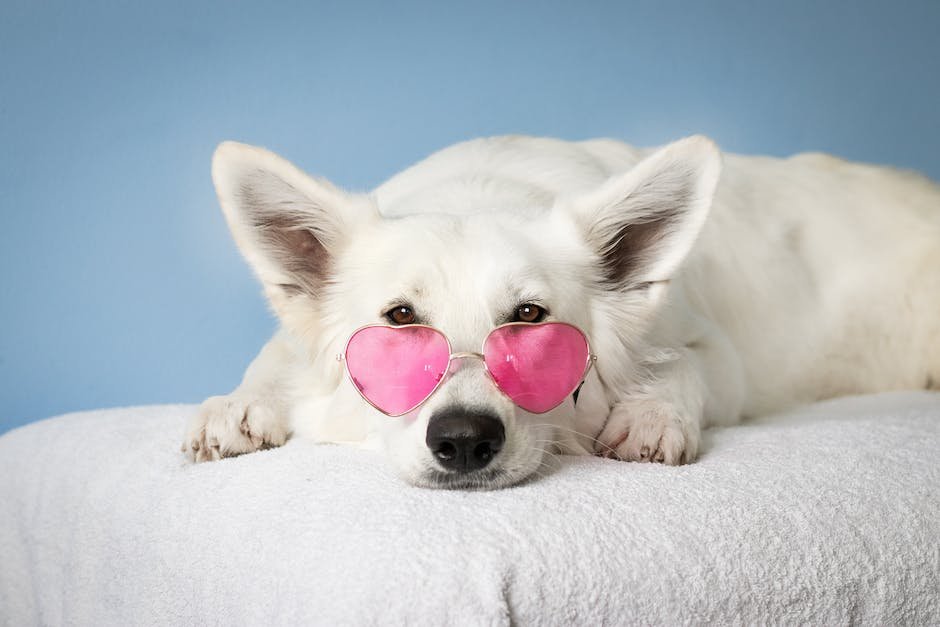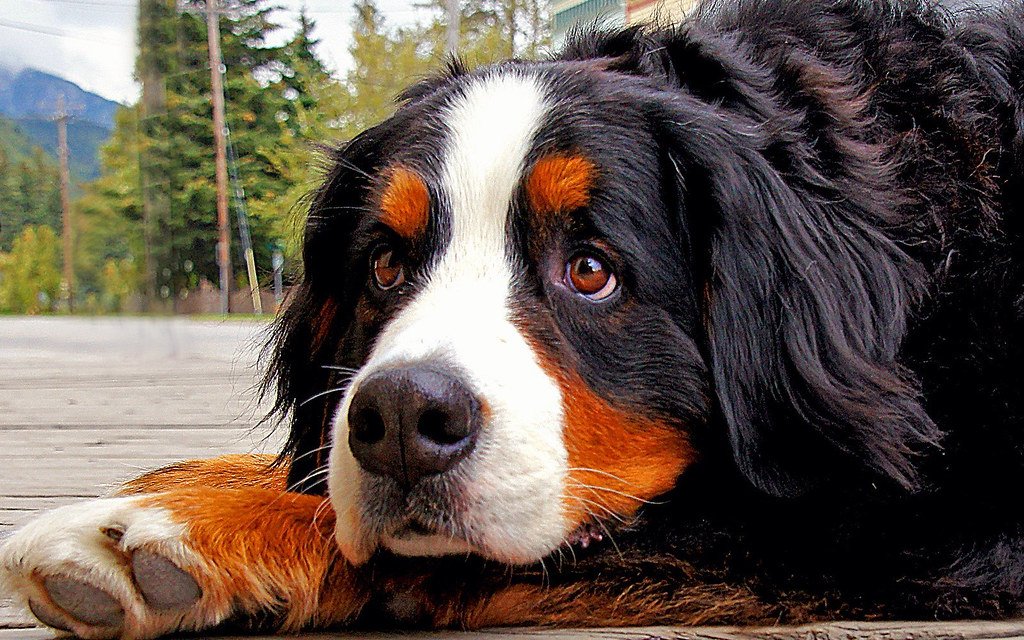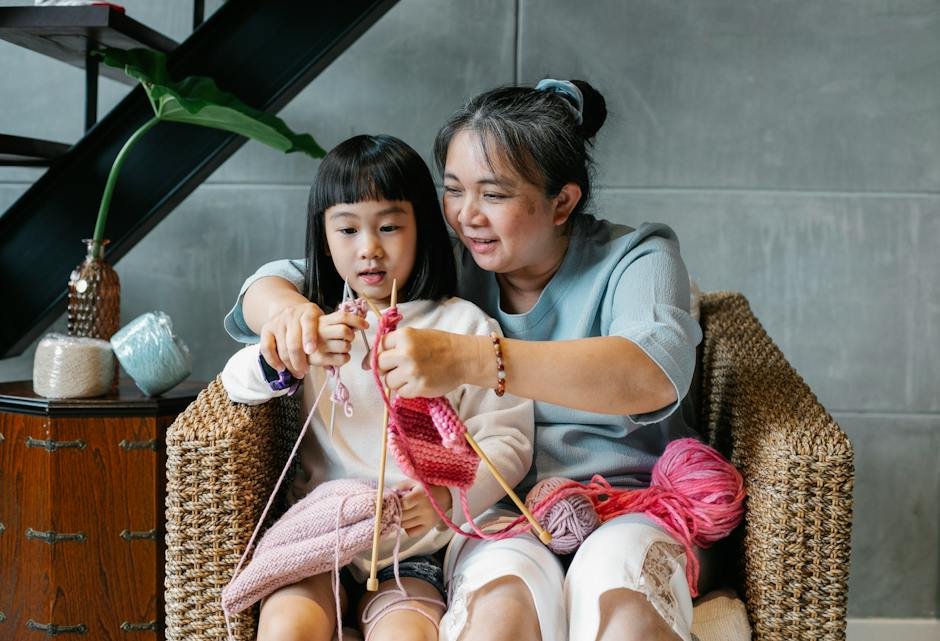Fasten your seatbelts and get ready to embark on a four-legged adventure! We all know how thrilling a road trip can be, winding down scenic routes and exploring uncharted territories. Yet, there’s one passenger who might not fully appreciate the joy of a car ride – your furry friend. For many dogs, hopping into a vehicle can evoke anxiety or discomfort, making every journey a daunting experience. But fear not, dear dog owners, because there’s a shimmering beam of positivity awaiting you and your pup on the horizon. In this article, we’ll unveil the enchanting world of car ride training for dogs, where the principles of positive reinforcement take the wheel. Prepare to open the doors to a world of harmonious travel, where tail-wagging and highway adventures go paw-in-paw.
Table of Contents
- Planning a Safe and Positive Car Ride Training Session for Your Dog
- Introducing Your Dog to the Car: Building Trust and Comfort
- Implementing Positive Reinforcement Techniques during Car Rides
- Addressing Anxiety: Tips for Calming Your Dog during Car Travel
- Ensuring a Positive Car Ride Experience: Consistency and Patience
- Q&A
- In Retrospect

Planning a Safe and Positive Car Ride Training Session for Your Dog
When it comes to helping your furry friend become comfortable with car rides, it’s essential to create an environment that promotes safety and positivity. By following a few simple steps, you can ensure a smooth training session that helps your dog acclimate to car travel:
1. Preparing the Car
Before inviting your dog into the car, make sure to:
- Secure any loose items that could become projectiles in case of sudden stops or turns.
- Use a pet barrier, crate, or harness to restrain your dog and prevent distractions.
- Place a comfortable bedding or seat cover to make the car more inviting.
2. Building Positive Associations
Make car rides enjoyable for your dog through:
- Gradual exposure: Start by simply sitting in the car with your dog, rewarding calm behavior with treats or praise. Then progress to short drives around the block.
- Reward system: Associate car rides with positive experiences by offering treats, toys, or verbal encouragement during and after the trip.
- Familiar scents: Place an item with your dog’s familiar scent, like a blanket or toy, in the car to provide comfort and reassurance.
3. Creating a Calm Environment
To ensure a peaceful experience, try:
- Playing soothing music or using white noise to reduce external sounds that might cause anxiety.
- Avoiding sudden movements or loud noises that could startle your dog during the ride.
- Keeping the temperature comfortable and well-ventilated.
By implementing these strategies, you can help your dog overcome any fears or anxieties associated with car rides, ultimately leading to safer and happier adventures together.

Introducing Your Dog to the Car: Building Trust and Comfort
Helping your furry friend feel at ease and secure in the car is essential for enjoyable outings and stress-free travel. By taking gradual steps and focusing on building trust, you can transform your dog’s perception of car rides from anxiety-inducing to exciting adventures.
Establish a Positive Association:
- Start with short sessions in the stationary car, encouraging your dog to associate it with positive experiences.
- Leave treats and toys inside the vehicle, creating a welcoming environment your dog will naturally gravitate towards.
- Gradually increase the time spent in the car, rewarding your pup’s calm behavior with praise and treats. This will foster positive feelings and reinforce the idea that the car is a safe and comfortable space.
Gradual Introduction to Car Movement:
- Once your dog is comfortable in the stationary car, introduce gentle movements. Begin with short drives around the block to help them get used to the sensation.
- Keep the trips positive and rewarding by providing treats or engaging in their favorite activities during the ride.
- Extend the duration of the trips gradually, always gauging your dog’s comfort level and adjusting accordingly.
Remember, building trust and comfort takes time, so be patient with your furry companion throughout this process. With consistent positive reinforcement, your dog will gradually become a car-traveling aficionado, ready to embark on new journeys by your side!

Implementing Positive Reinforcement Techniques during Car Rides
Car rides can be a challenging experience for both parents and children. However, by implementing positive reinforcement techniques, you can transform these journeys into enjoyable and stress-free moments. Here are some effective strategies to ensure a smooth ride:
1. **Reward good behavior**: Encourage positive behaviors such as buckling up, staying calm, or not fighting with siblings by offering small rewards. You can create a behavior chart and use stickers or small treats to acknowledge their efforts. This will motivate children to exhibit the desired behaviors consistently.
2. **Engage in interactive games**: Make the car ride fun by involving everyone in interactive games that promote cooperation and creativity. Classic games like “I Spy,” trivia quizzes, or storytelling can keep children engaged and distract them from any discomfort or restlessness.
3. **Create a comfortable environment**: Ensure that the car is well equipped with things that make your child feel comfortable and at ease. Provide them with their favorite pillows, blankets, or soft toys to reduce anxiety and increase relaxation during the ride.
4. **Use positive language**: Praise and acknowledge your child’s good behavior during the trip. Instead of focusing on the negatives, highlight the positive aspects of their behavior. This will create a positive atmosphere and reinforce their desire to continue behaving well.
By implementing these positive reinforcement techniques, car rides can become an enjoyable and smooth experience for both children and parents. Remember, a little creativity and positivity go a long way in turning a potentially challenging situation into an opportunity for growth and connection with your child.
Addressing Anxiety: Tips for Calming Your Dog during Car Travel
Car travel can be a daunting experience for our furry friends, and it’s not uncommon for dogs to feel anxious and stressed when embarking on a journey. However, there are several effective strategies you can employ to help calm your dog and make car travel a more enjoyable experience for both of you.
1. Familiarize your dog with the car: Before hitting the road, gradually introduce your dog to the car environment. Start by allowing your pup to explore the vehicle while it is parked, ensuring positive reinforcement with treats and gentle praise. Gradually progress to short trips around the block, gradually increasing the duration as your dog becomes more comfortable.
2. Create a comfortable space: Dogs thrive on familiarity, so make their travel area as cozy as possible. Use a comfortable bed or blanket to create a designated space for your furry friend. Familiar scents, such as an unwashed T-shirt or their favorite toy, can also offer comfort in an unfamiliar setting.
3. Implement relaxation techniques: Help your dog relax with calming techniques during car travel. Classical music or calming playlists specifically designed for dogs can have a soothing effect. Additionally, products such as lavender-infused sprays or pheromone-based calming collars can aid in reducing anxiety. It’s always a good idea to consult with your veterinarian about suitable options for your individual pet.
By employing these tips, you can help alleviate your dog’s anxiety during car travel, making journeys together a more pleasant experience. Remember, patience and consistency are key in helping your furry companion conquer their fear and enjoy adventures on the open road!
Ensuring a Positive Car Ride Experience: Consistency and Patience
When it comes to creating a positive car ride experience, two key factors stand out: consistency and patience. These elements may seem simple, but they hold significant power in transforming an ordinary journey into a memorable adventure.
Consistency:
- Establish a routine: Create a sense of familiarity by following a consistent schedule for car rides. This can help alleviate any anxiety or restlessness in both children and adults.
- Stick to rules and boundaries: Set clear expectations and enforce them consistently. This will help establish a safe and respectful environment for everyone on board.
- Communicate effectively: Whether it’s discussing the route, making pit stops, or sharing stories, open and clear communication plays a pivotal role in maintaining a positive atmosphere.
Patience:
- Practice empathy: Each person’s experience in the car may be different, so practicing patience and understanding can go a long way in creating harmony.
- Manage frustrations calmly: From traffic jams to unexpected detours, it’s crucial to keep calm and reassure others that bumps in the road are temporary and manageable.
- Focus on the journey itself: Instead of rushing towards the destination, embrace the car ride as an opportunity to bond, enjoy the scenery, or engage in meaningful conversations. Remember, the journey is just as important as the endpoint.
By incorporating consistency and patience into your car ride experience, you can foster an environment of positivity, harmony, and connection. So, buckle up, embrace the adventure, and embark on a journey filled with unforgettable moments!
Q&A
How can positive reinforcement be used to train dogs in car rides?
Positive reinforcement can be used by rewarding dogs with treats or praise when they display calm and relaxed behavior during car rides. This method helps to associate car rides with positive experiences, gradually reducing any anxiety or fear the dog may have.
What are the benefits of using positive reinforcement in car ride training?
Positive reinforcement creates a positive association between the dog and car rides, making future travels less stressful. It also builds trust and strengthens the bond between the owner and their furry friend.
What are some tips for introducing a dog to car rides?
To introduce a dog to car rides, start by letting them explore the stationary car while using positive reinforcement. Gradually increase the duration and frequency of car rides, ensuring a comfortable and safe environment for the dog. Praise and reward any signs of calm behavior exhibited during the rides.
How can I help my dog overcome anxiety during car rides?
Help your dog overcome anxiety during car rides by slowly desensitizing them to the car environment. Begin with short trips to pleasant destinations and gradually increase duration. Additionally, consider using calming aids such as pheromone sprays or relaxing music.
Are there any safety precautions to consider during car ride training?
Yes, safety is crucial during car ride training. It is recommended to secure your dog with a seat belt harness or inside a crate to prevent injuries in case of sudden stops or accidents. Avoid leaving them unattended in a parked car, as it can be dangerous and potentially harmful to their health.
Can car ride training be beneficial for dogs with motion sickness?
Yes, car ride training can be beneficial for dogs with motion sickness. By gradually exposing the dog to short car rides and combining them with positive experiences, their association with motion sickness may lessen over time. Consulting a veterinarian for additional guidance is also recommended.
How can I make car rides more enjoyable for my dog?
To make car rides enjoyable for your dog, consider bringing their favorite blanket or toy to provide a sense of familiarity and comfort. Ensuring proper ventilation and temperature control within the car, as well as providing frequent breaks for bathroom breaks and exercise, can also contribute to a pleasant journey.
Is there a specific age when car ride training should start?
Car ride training can start as early as possible, ideally during a dog’s socialization period between 3 and 14 weeks. However, it is never too late to begin training. Dogs of any age can benefit from positive reinforcement techniques and gradual exposure to car rides.
In Retrospect
As the engine purrs and the wind dances through the open windows, your faithful companion sits beside you, ready for the journey ahead. Thanks to the wonders of car ride training using positive reinforcement, your once-anxious pup is now a confident road tripper, basking in the blissful adventure of every ride.
Through patience, love, and a deep understanding of their needs, you have nurtured your four-legged friend’s confidence, transforming their fear of car rides into a joyful, tail-wagging experience. With the help of positive reinforcement techniques, filled with treats, praise, and gentle encouragement, you have woven a tapestry of trust and formidability within your furry partner.
No longer do the jarring sounds of traffic or the whirling motion of the vehicle spell dread for your precious companion. Instead, they discover comfort and exhilaration in the wide-open spaces as they peer through the window with curiosity, their eyes reflecting the excitement of newfound freedom.
Positive reinforcement has become the compass guiding your bond, emphasizing the importance of rewards rather than punishments. It harnesses the power of treats, scritches behind the ears, and soothing words to create an environment where learning is not only possible but enjoyable. The car ride has transformed into an opportunity for connection, where the two of you synchronize your hearts and minds, embarking on an adventure that blends compassion and exploration.
Gone are the days of wrestles to coax your dog into the vehicle or anxiety-laden excursions fraught with unease. Instead, your precious friend bounds towards the car, ready to embark on another journey. Their tail wags furiously, as if to say, “I trust you, I am with you, side by side.”
So as you gear up for the next expedition, let the lessons of car ride training with positive reinforcement serve as a reminder of the power of love, patience, and understanding. Cherish these moments where you build a lasting connection with your furry co-pilot. Relish in the joy of witnessing your once-anxious companion transformed into a confident adventurer, forever thankful for the gift of your kind guidance.
Together, you are an unstoppable team, traversing the winding roads of life, finding solace and harmony with every journey taken. With positive reinforcement as your compass, your car ride adventures are not merely destinations but a reflection of the extraordinary bond you share. So buckle up, embrace the open road, and let the magic of positive reinforcement guide your way.
As an affiliate, my content may feature links to products I personally use and recommend. By taking action, like subscribing or making a purchase, you’ll be supporting my work and fueling my taco cravings at the same time. Win-win, right?
Want to read more? Check out our Affiliate Disclosure page.